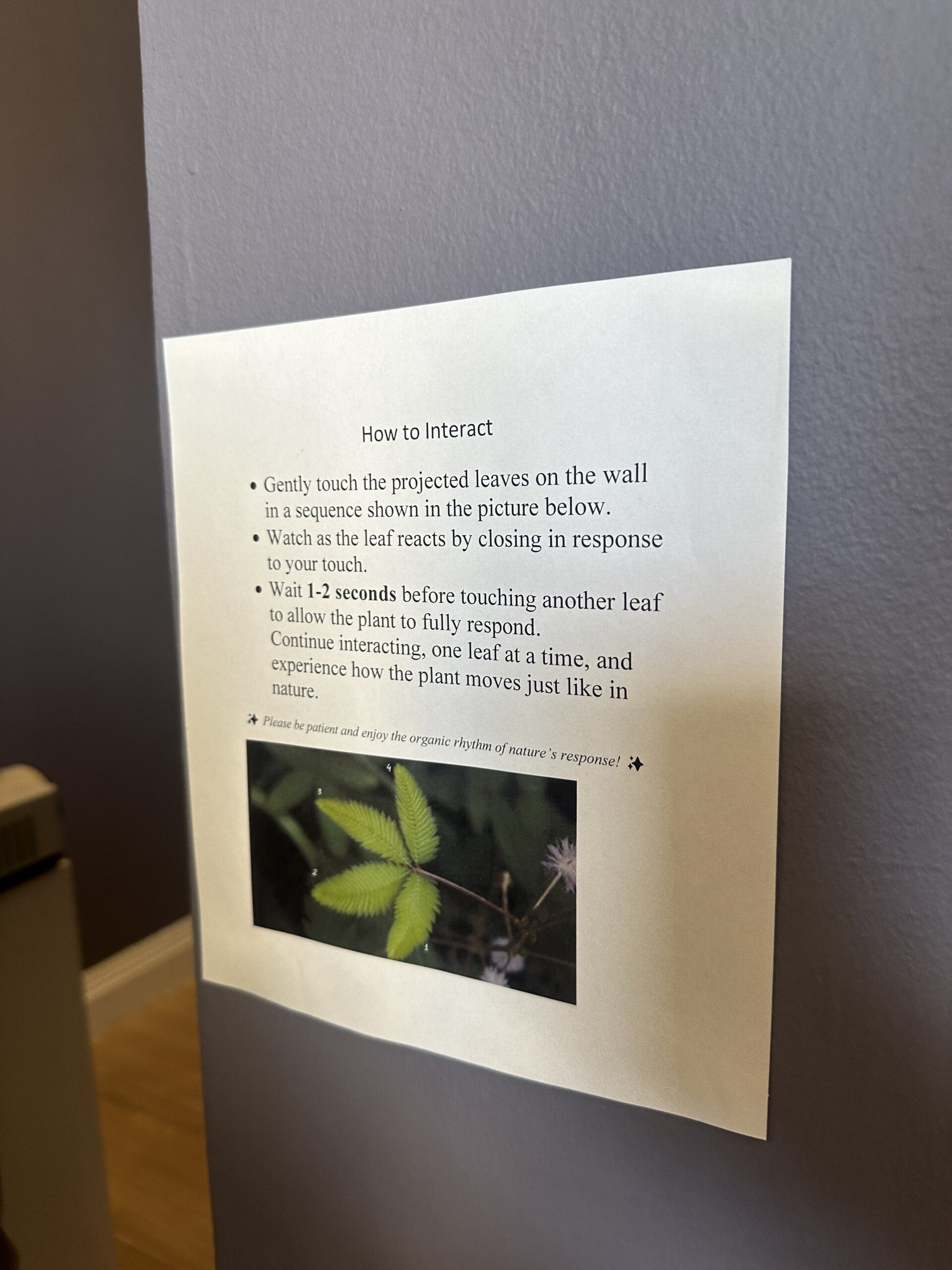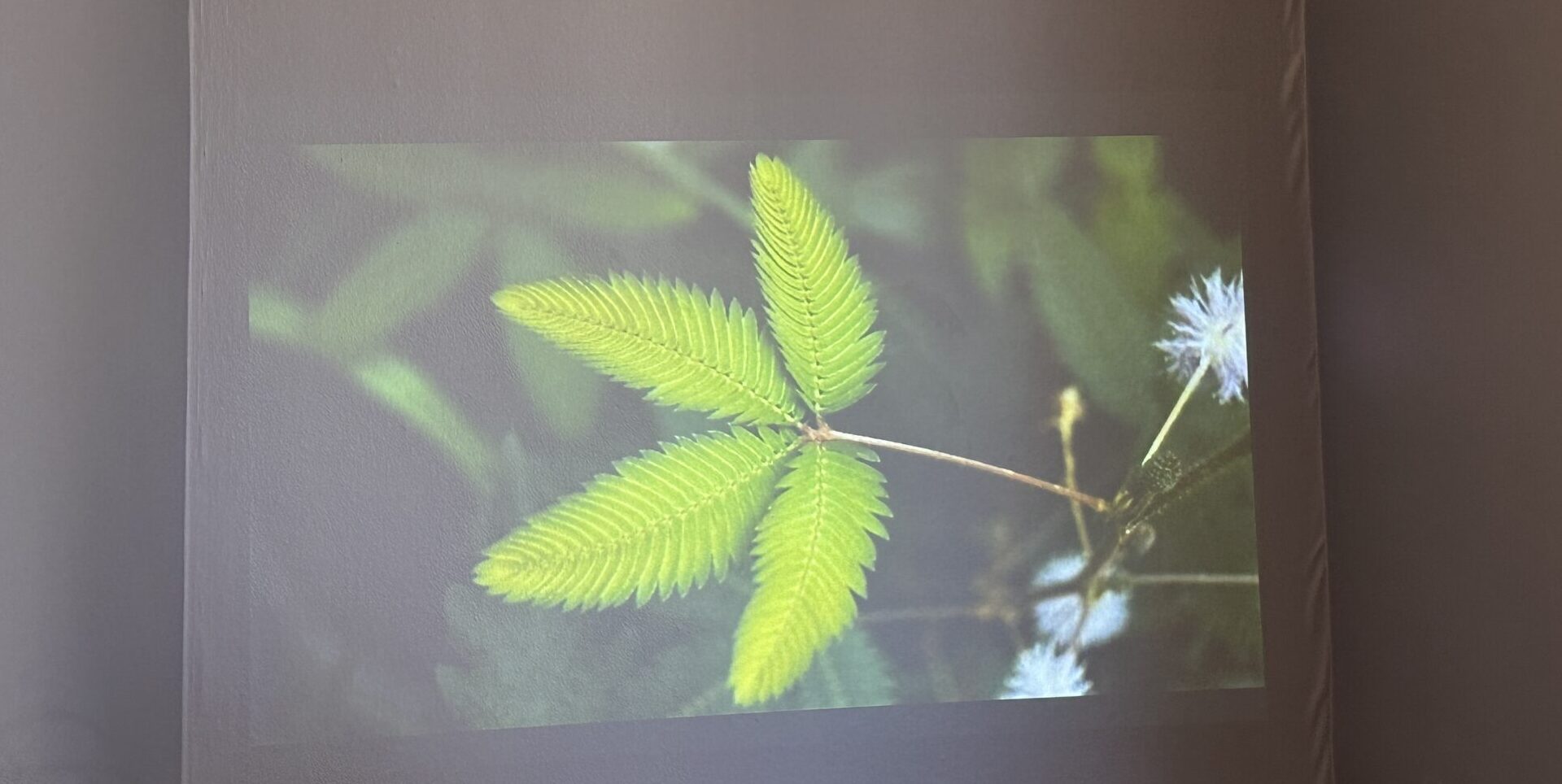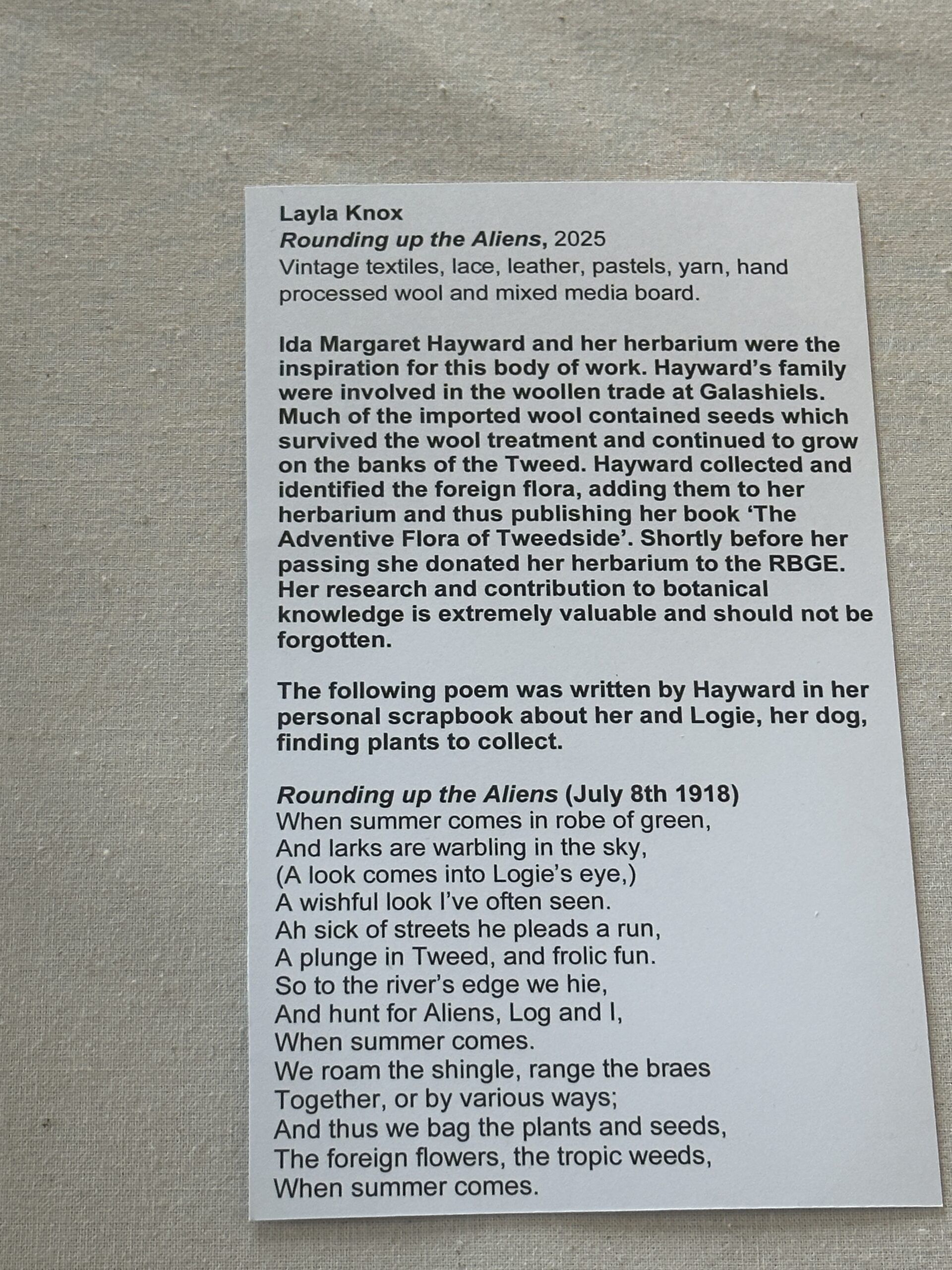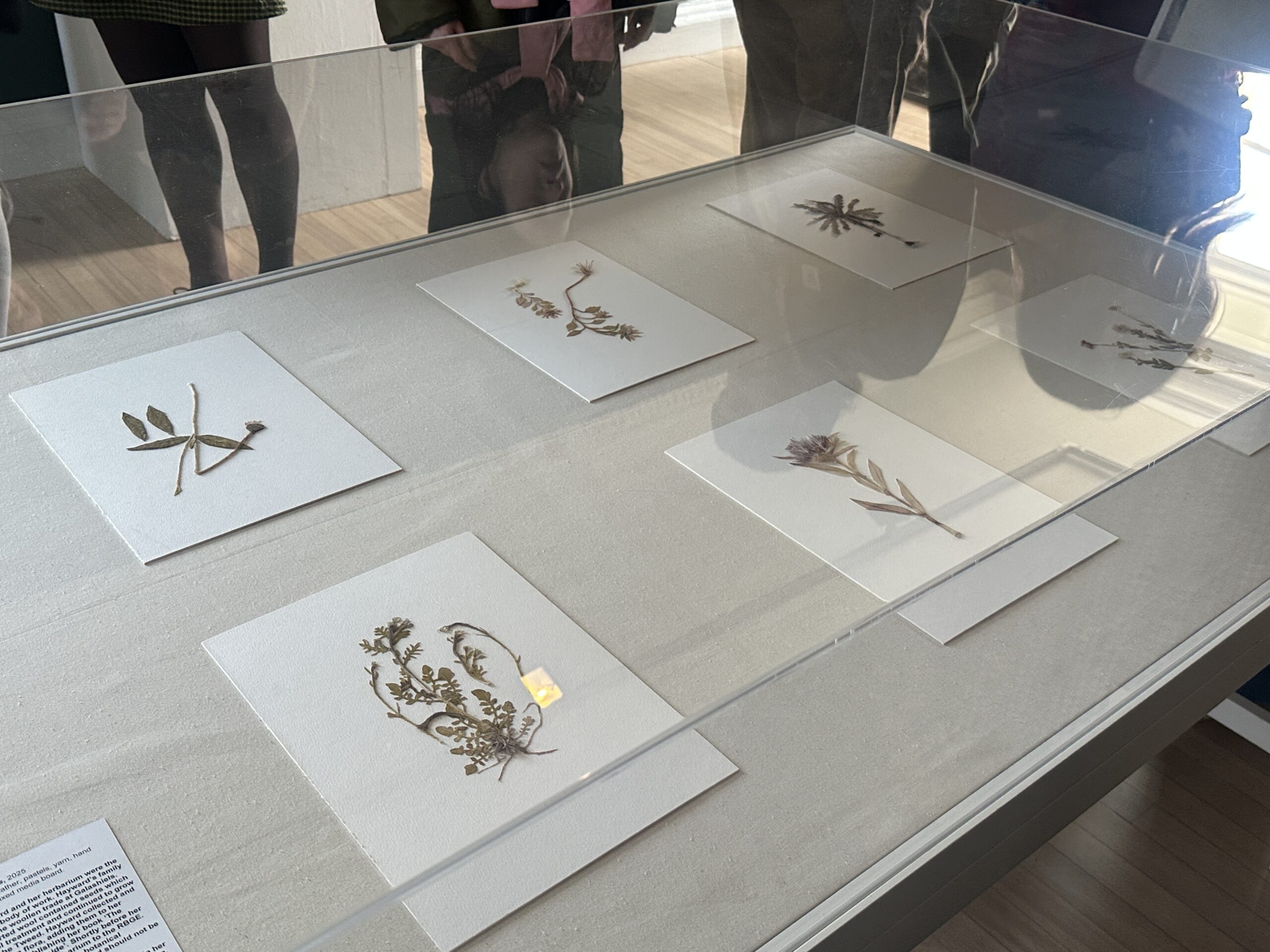Curating Is Not a Job Title, It’s a Way of Listening
When I began planning Fluid Curating, I kept asking myself: what does it really mean to decentralise curatorial authority? Initially, I imagined decentralisation as a concept—something theoretical, perhaps even technological. But through our course readings and field experiences, I realised: decentralisation is not something you announce. It’s something you do.
It’s a shift in posture—from holding the frame, to holding the door open.
In Week 4, we discussed curatorial ethics, including the redistribution of narrative authority, especially in postcolonial and feminist contexts. I was drawn to the idea that curating can be a collaborative composition of context and meaning. The Week 6 seminar on artist-led initiatives further deepened this view. When artists become curators—not to replace the role but to redefine it—it opens up the field. This echoed in the Artist as Curator volume (Jeffery 2016), which reframed curation as part of artistic practice.
The more I read and witnessed, the more I understood decentralisation as a verb—a series of gestures, choices, and systems that invite others in, not as guests but as co-authors.
From Command to Collaboration: What My Research Changed
The readings from The Curatorial: A Philosophy of Curating (Martinon 2013) and Curating and the Educational Turn (O’Neill & Wilson 2010) challenged me to think beyond “the exhibition” as an end point. They suggest curation is an epistemic practice—a way of producing knowledge collectively.
Especially helpful was Aneta Szyłak’s concept of “curating context”, where the curator doesn’t impose meaning but hosts overlapping interpretations within a site-responsive framework. This helped me reframe my own curatorial role—not as a selector of fixed content, but as a facilitator of meaning in motion.
Rather than positioning myself above the artwork or audience, I began designing structures that shift attention horizontally. For example, in my project, audiences co-write curatorial texts, contribute sound responses, and alter spatial routes. These are not symbolic gestures; they’re core structuring methods.
This approach was affirmed by models like Documenta 11’s multi-site “Platforms”, Gwangju Biennale’s roundtable curating, and the Manifesta 6 art school model. All these positioned education, conversation, and collectivity as curatorial tools—not add-ons.
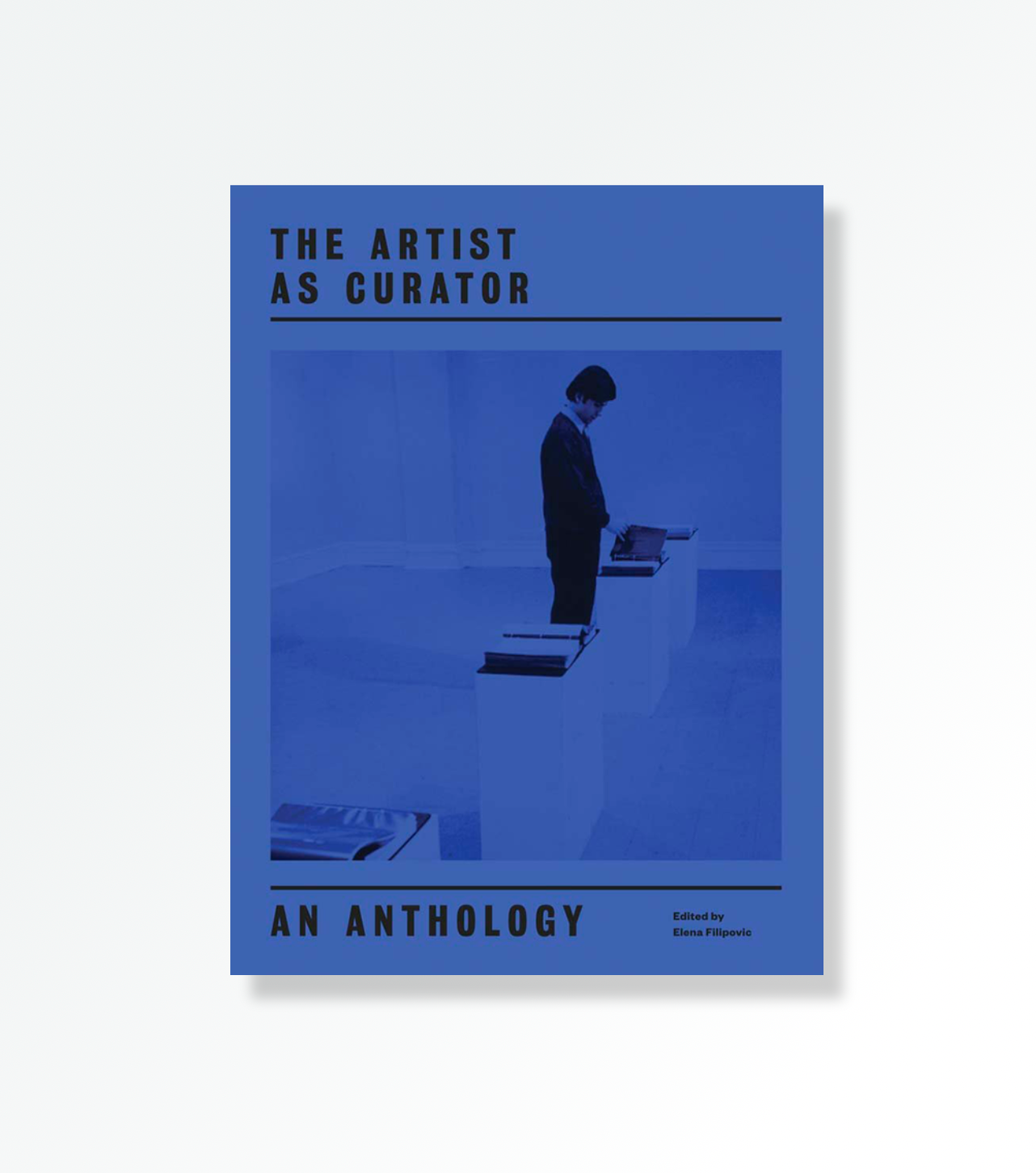
(Book Cover: The Artist as Curator: An Anthology)

(Manifesta 6 was set to take place in Nicosia, Cyprus from 23 September to 17 December 2006.)
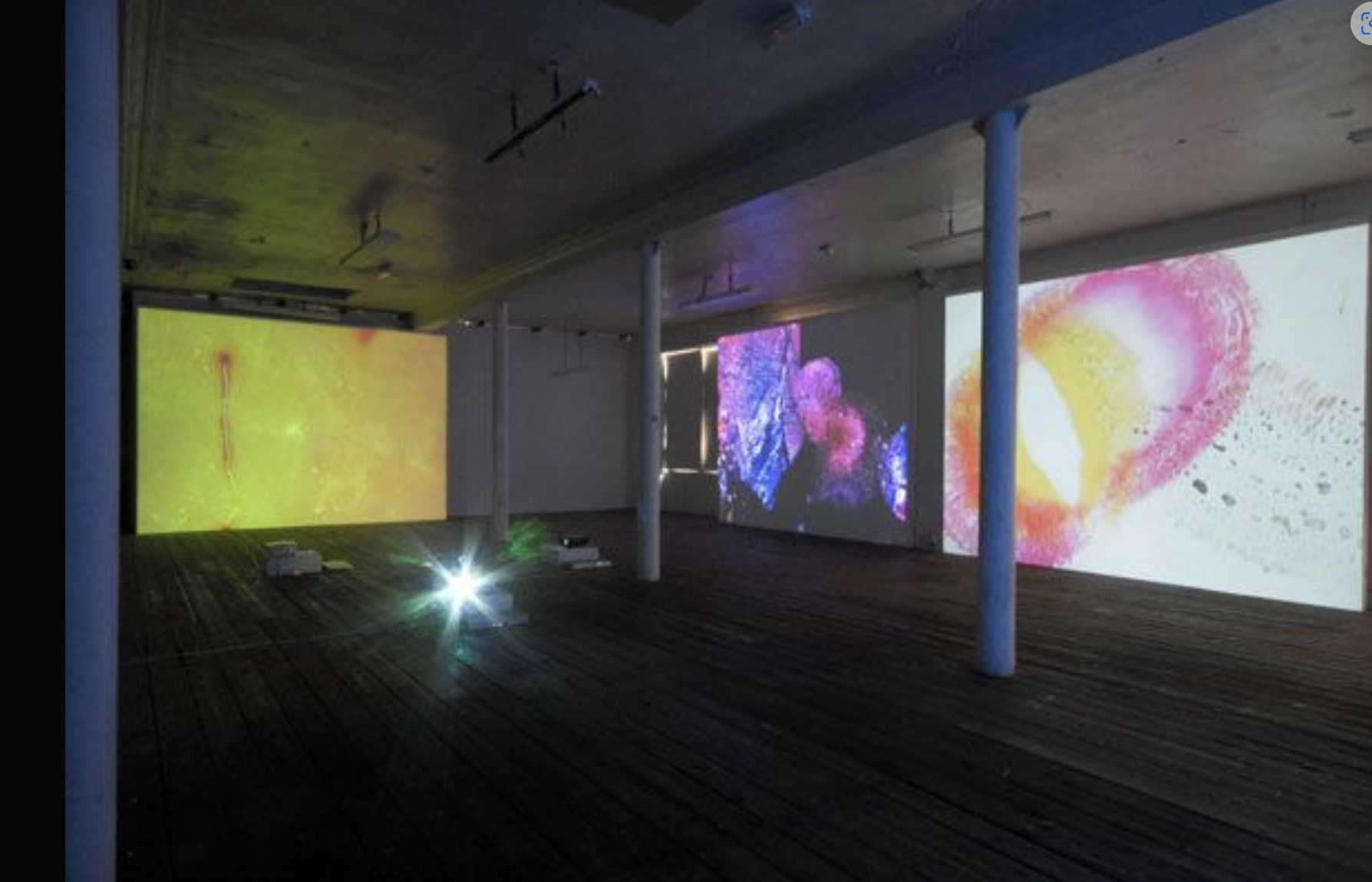 (Gallery: Transmission Gallery, Glasgow)
(Gallery: Transmission Gallery, Glasgow)
So, Why These Changes?
In Week 9, when we discussed curatorial methods and publishing as curating, I saw that language and access also shape curatorial power. If the only text in a show is written by me, then it doesn’t matter how many QR codes I place—authority hasn’t moved. That realisation led me to include textual co-creation and anonymous reflection stations.
I also returned to the work of artist-run centres (Transmission Gallery, City Racing), which taught me that infrastructure can itself be a curatorial act. By choosing simple, accessible tools like Woolclap, and a flexible venue like ECA’s lobby, I was building the kind of distributed, non-expert, generous framework I believed in.
What I Learned
- Decentralisation isn’t an outcome—it’s an ongoing curatorial method.
- To shift power, you must also shift authorship, visibility, and voice.
- Artist-led models, collective formats, and non-hierarchical texts offer not just references but models for practice.
As I continue developing Fluid Curating, I hold this central idea:
The best curation doesn’t make meaning—it makes meaning possible.
Selected References
- Jeffery, Celina, ed. The Artist as Curator. Bristol: Intellect, 2016.
- Martinon, Jean-Paul, ed. The Curatorial: A Philosophy of Curating. London: Bloomsbury Academic, 2013.
- O’Neill, Paul, and Mick Wilson, eds. Curating and the Educational Turn. London: Open Editions, 2010.
- Szyłak, Aneta. “Curating Context.” In The Curatorial, edited by Jean-Paul Martinon, 217–226. London: Bloomsbury Academic, 2013.
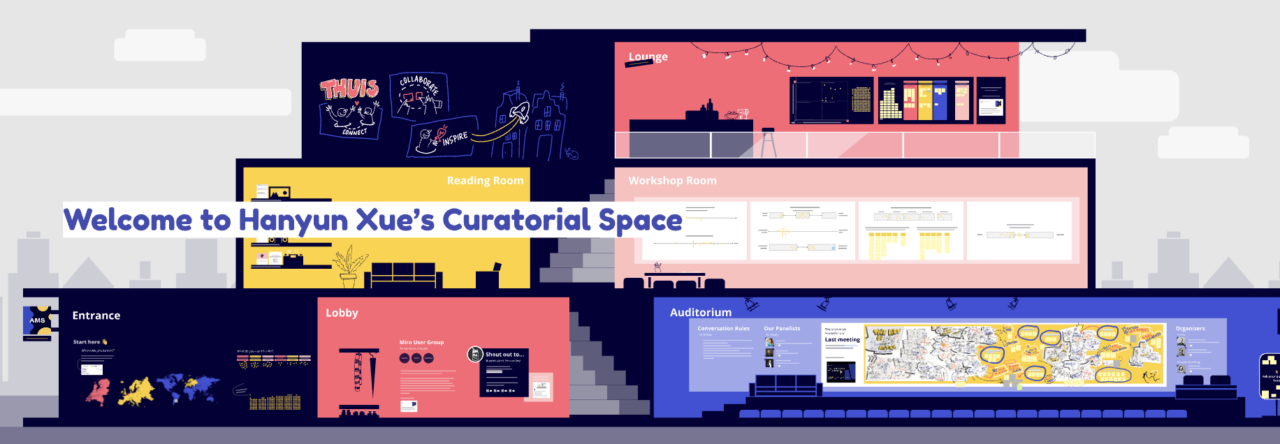
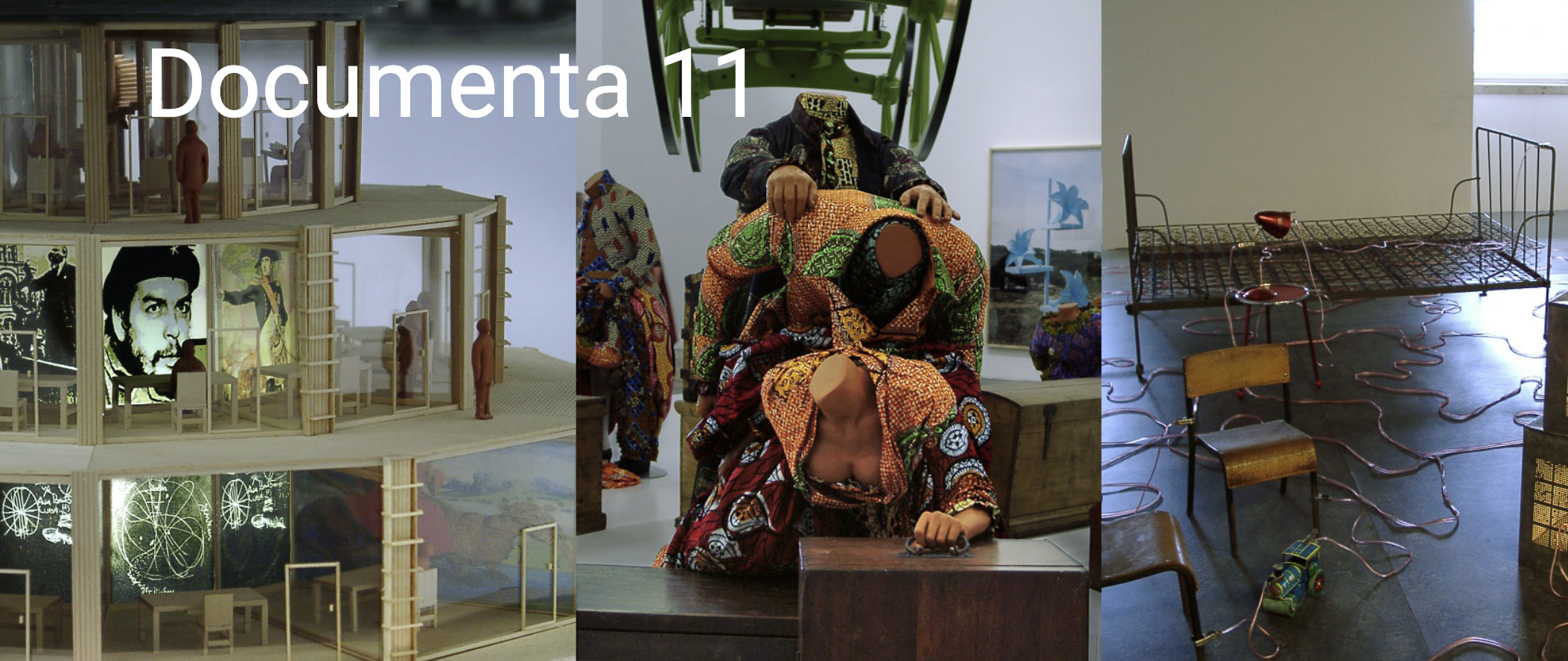
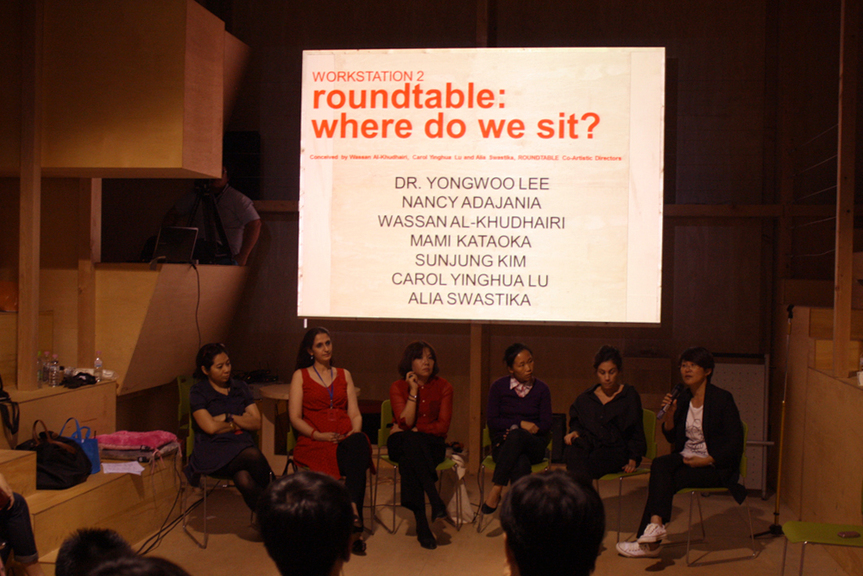
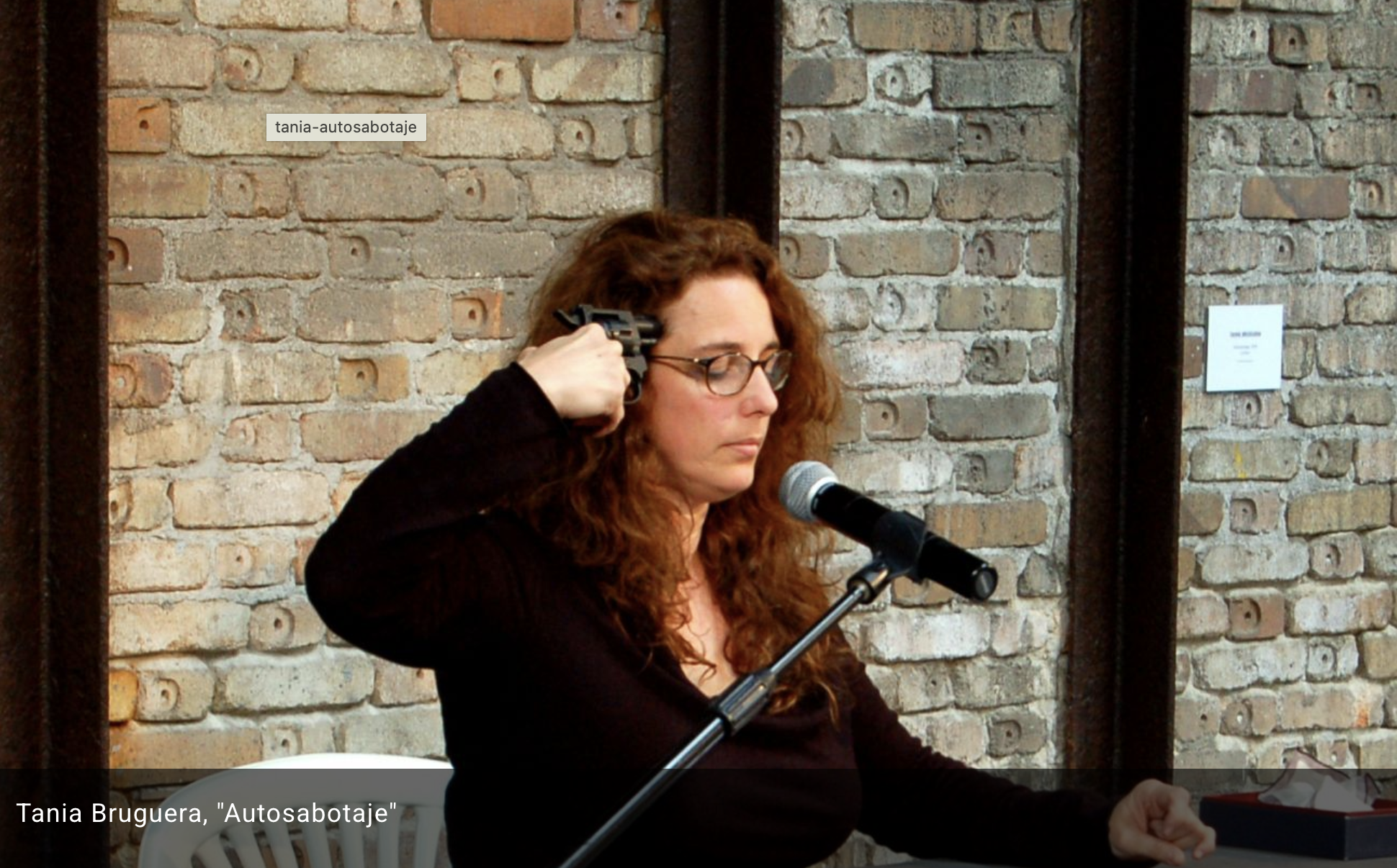
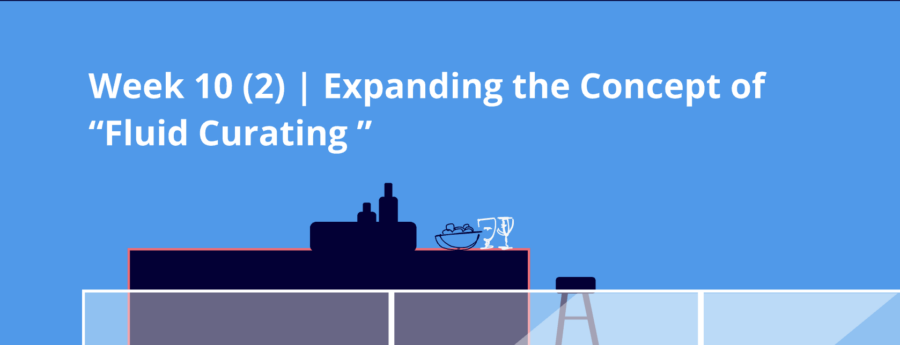
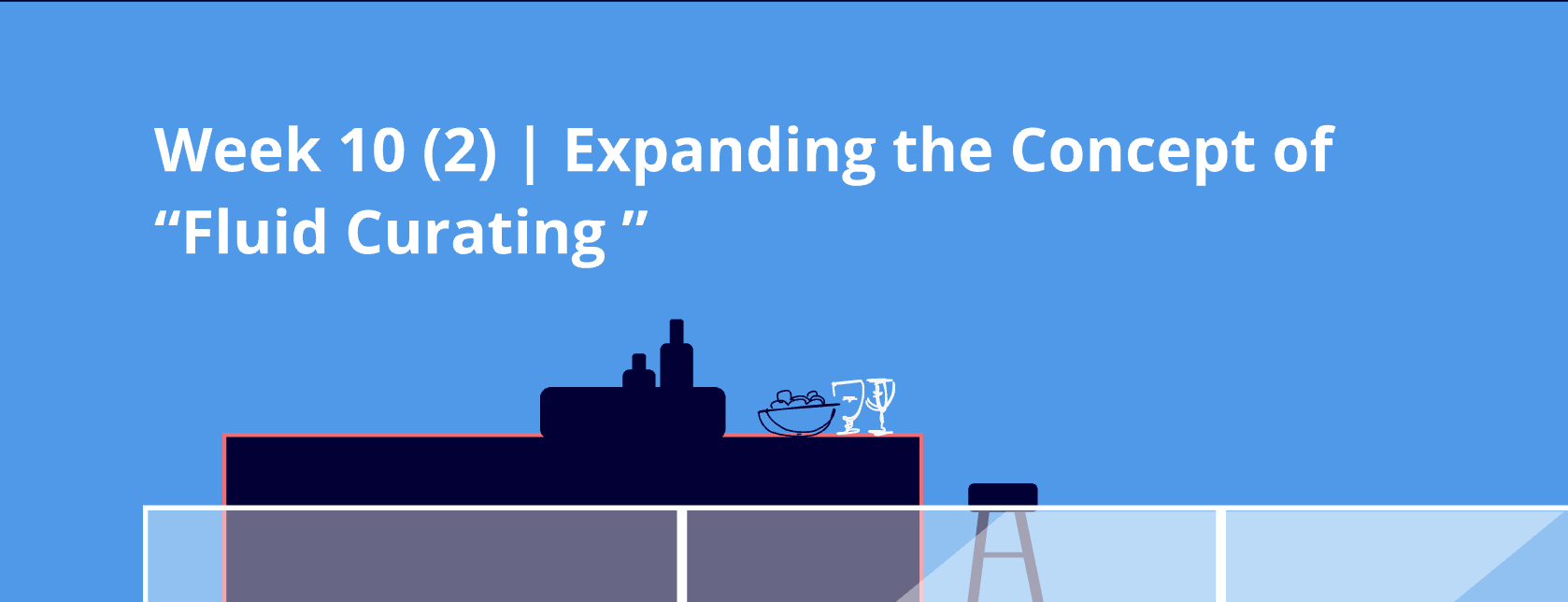 🌊 My Exhibition Is Not a “Finished Product,” But a Flowing Relationship
🌊 My Exhibition Is Not a “Finished Product,” But a Flowing Relationship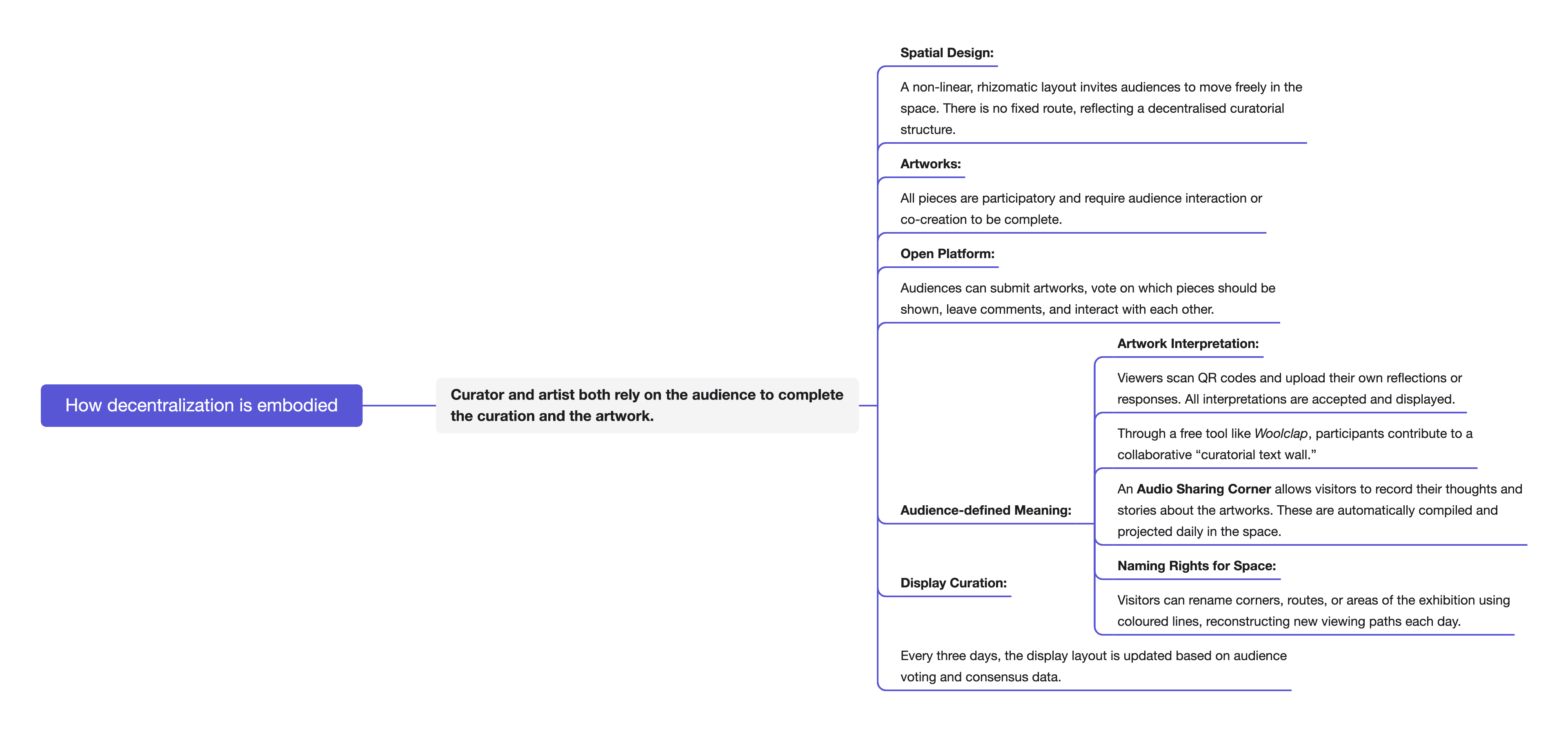
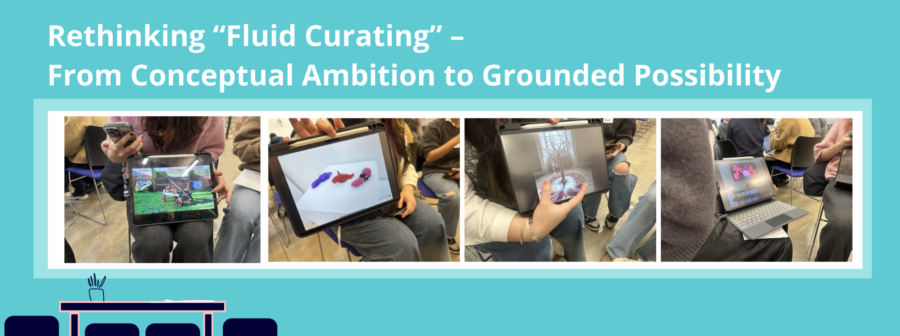
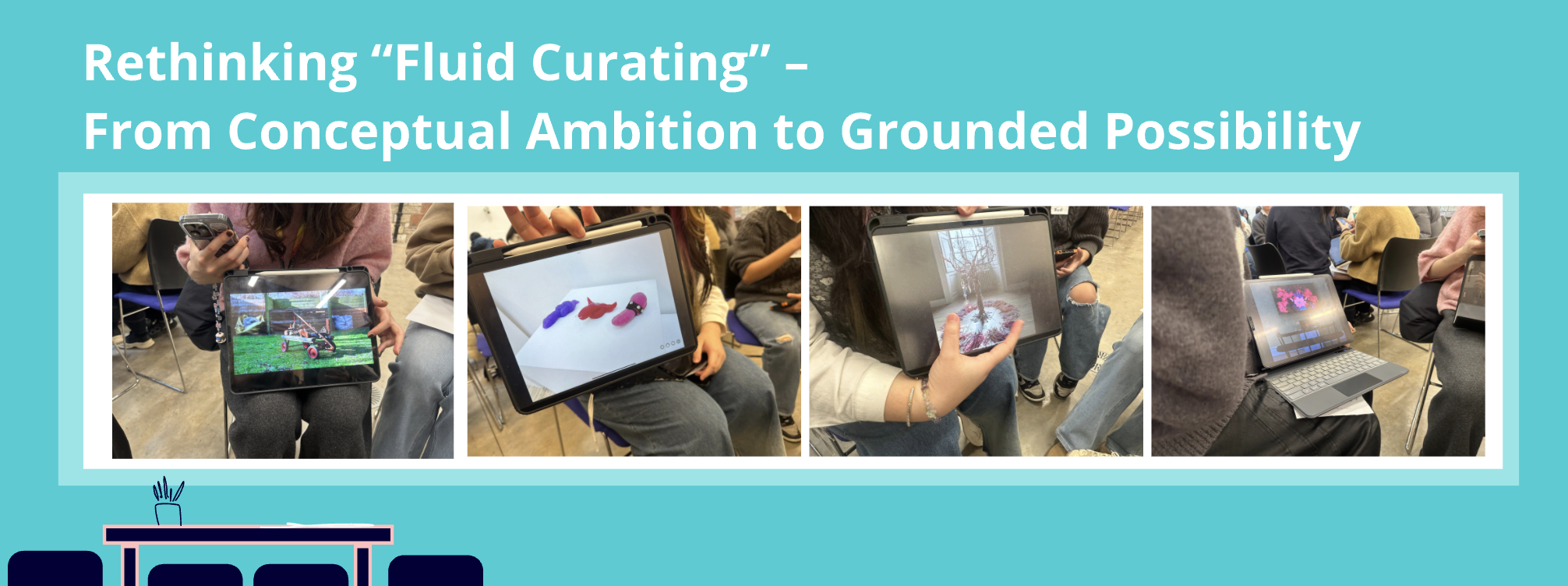

 Peer Review: Chuyue Xu’s Curatorial Project “Female Narratives in Opera: History and Liberation”
Peer Review: Chuyue Xu’s Curatorial Project “Female Narratives in Opera: History and Liberation”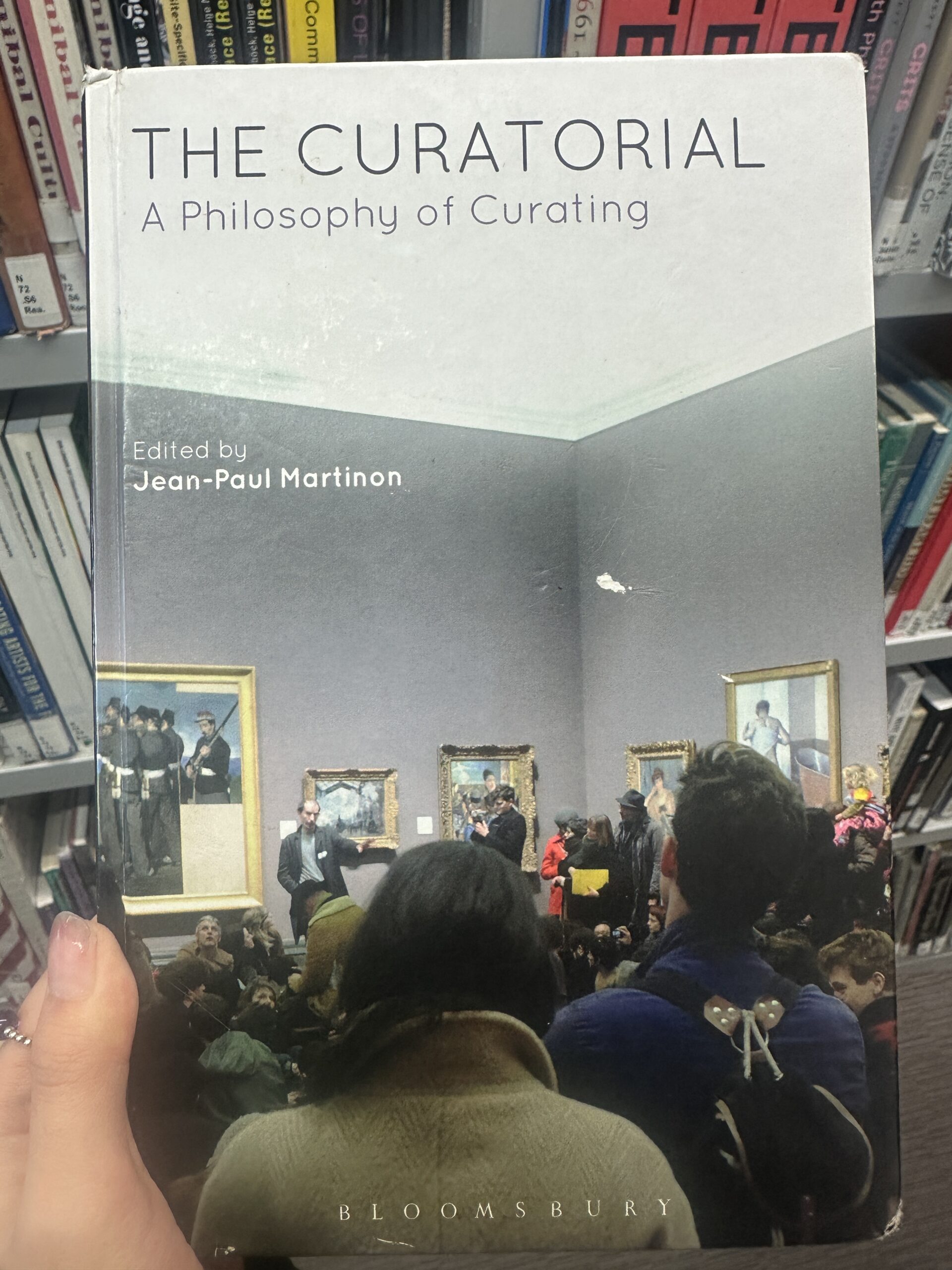

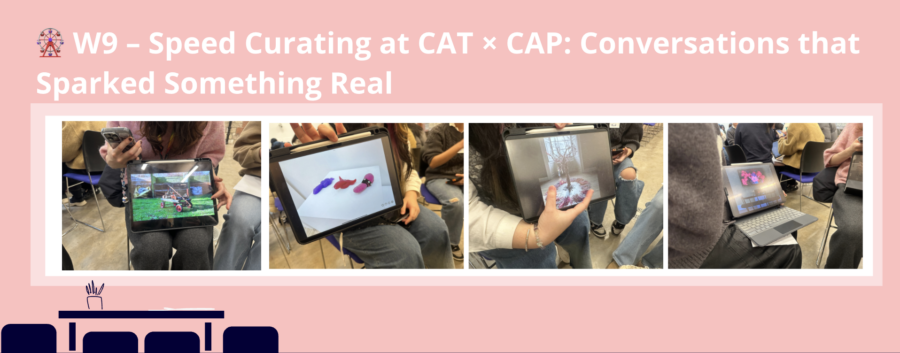
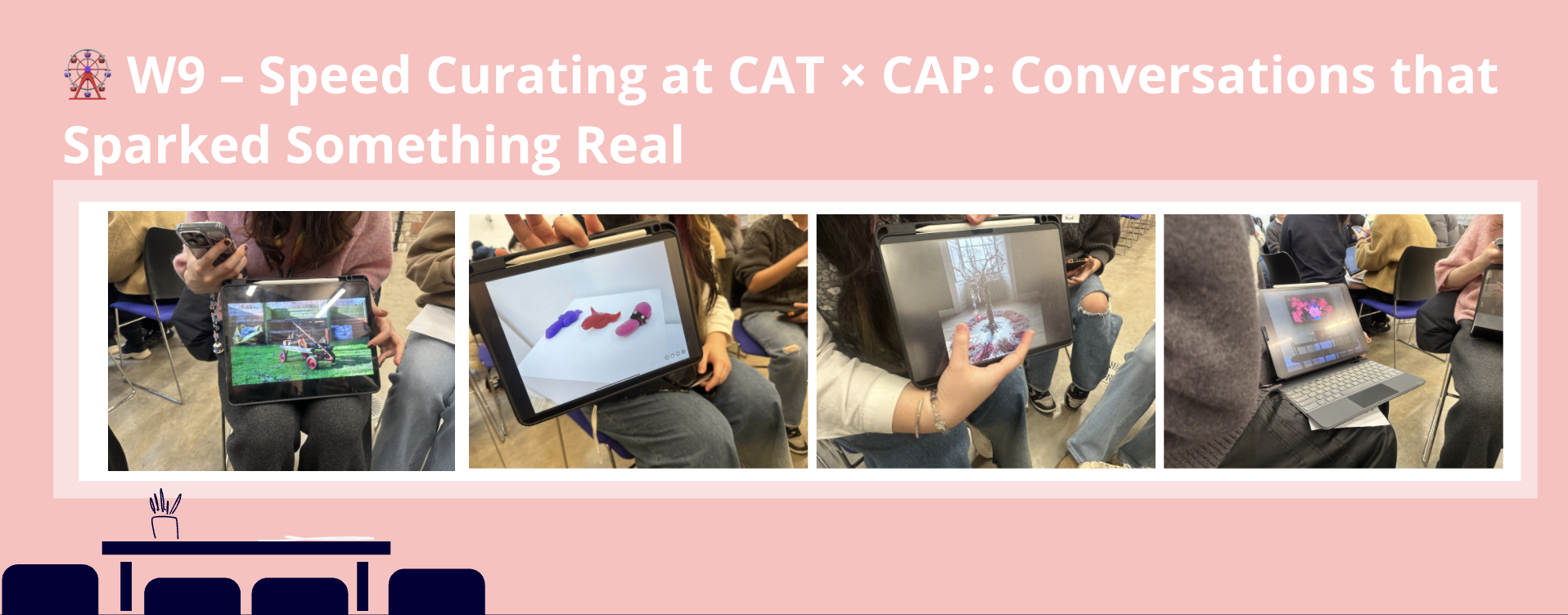
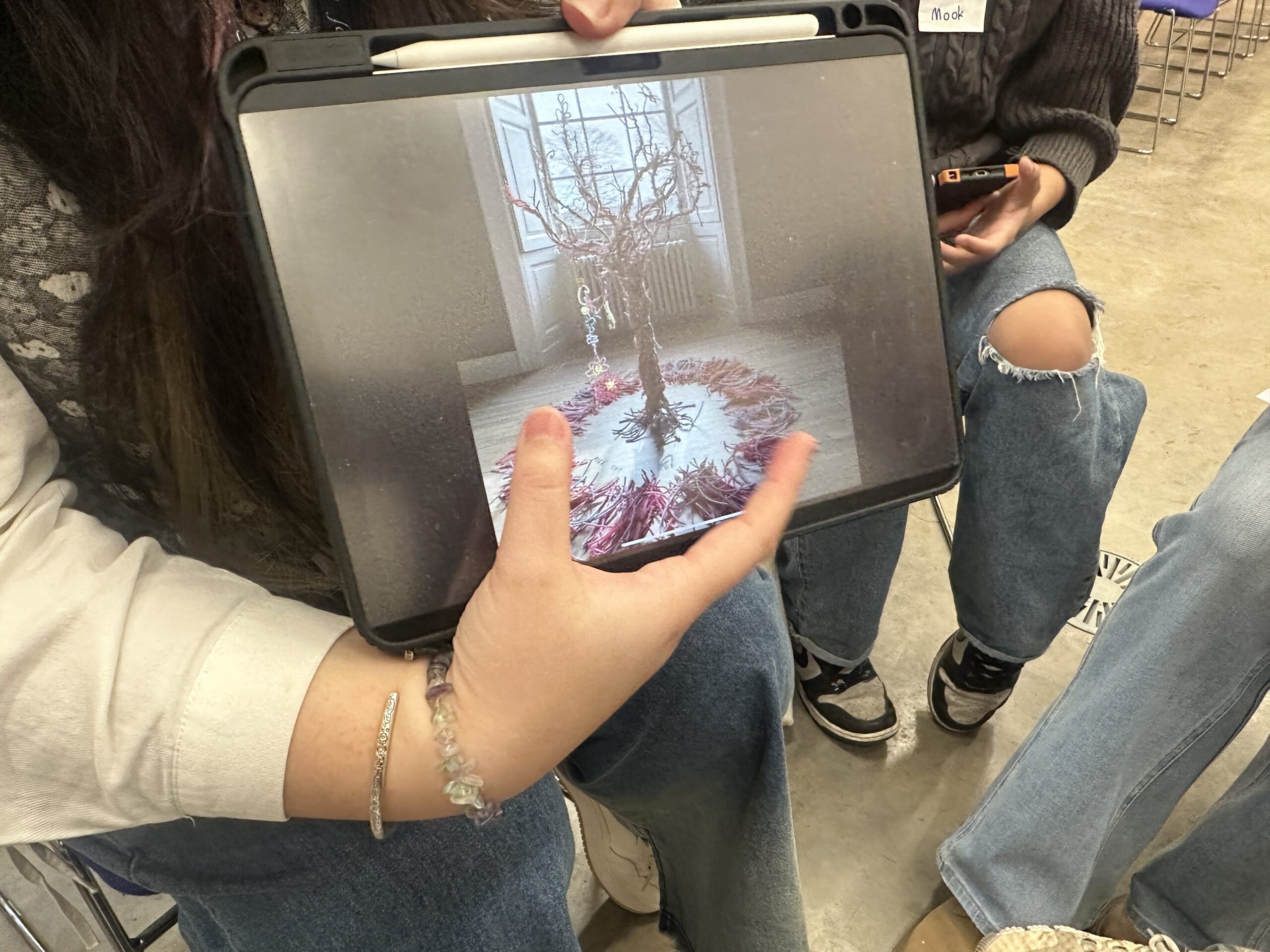
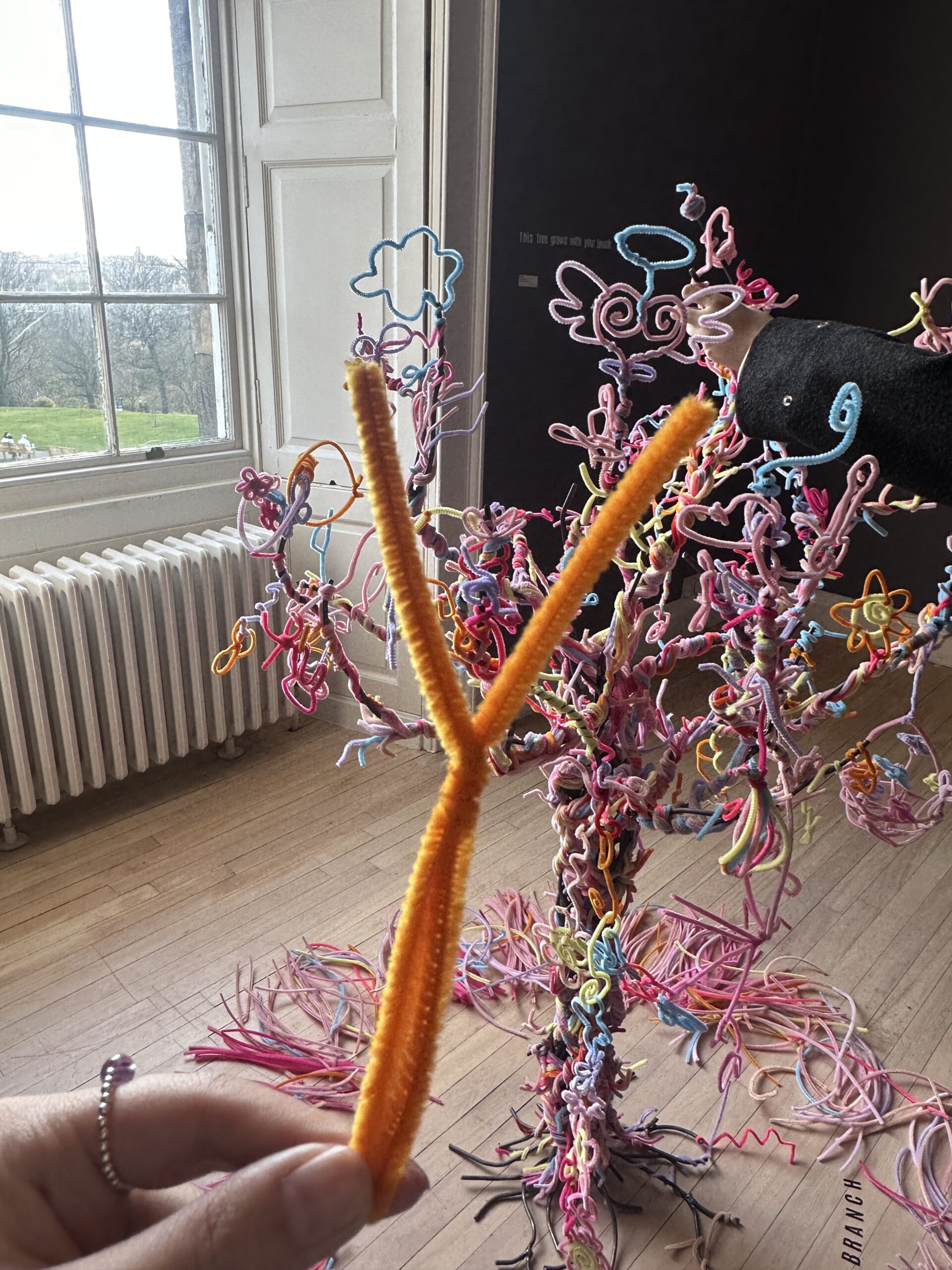
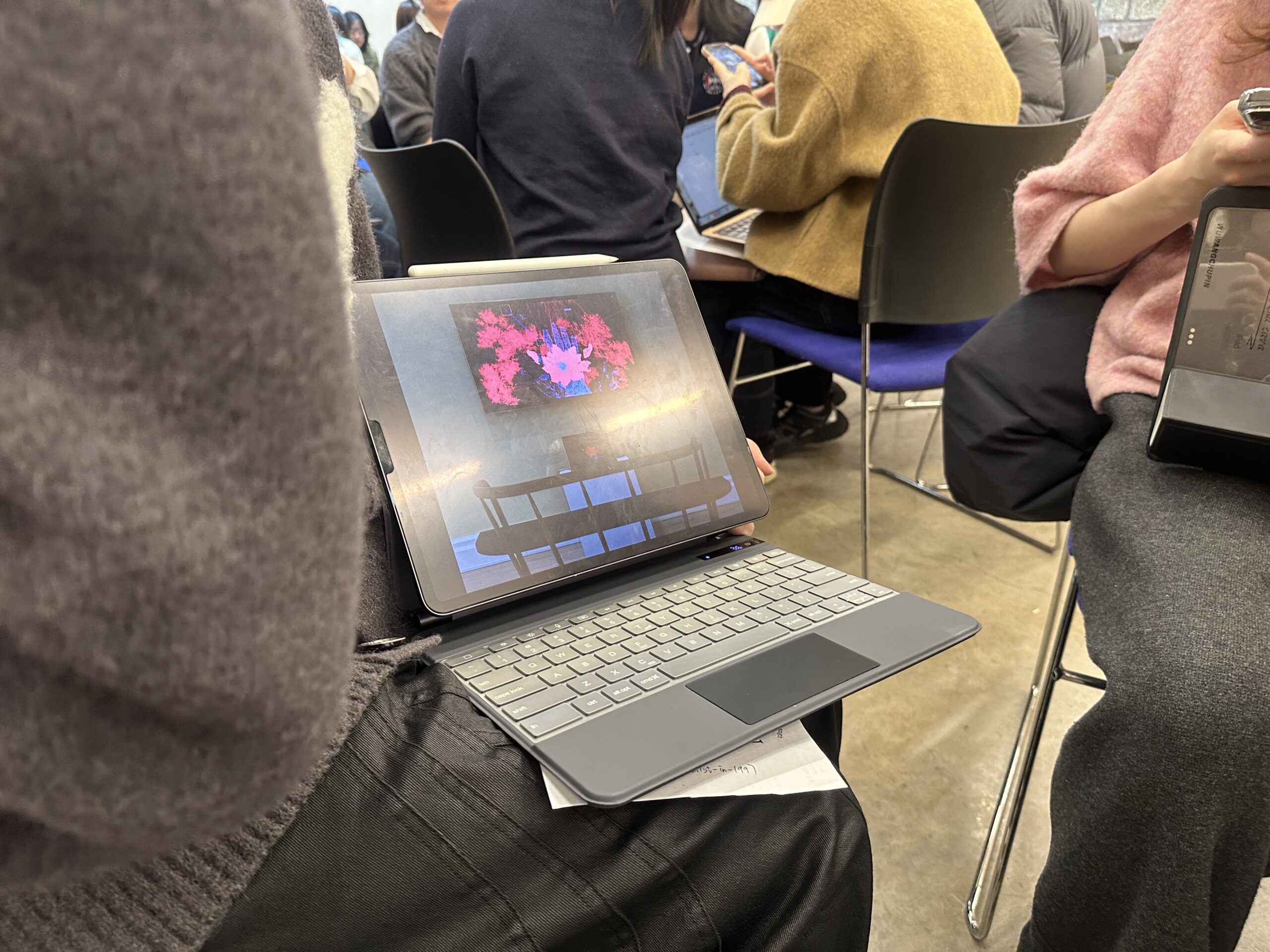
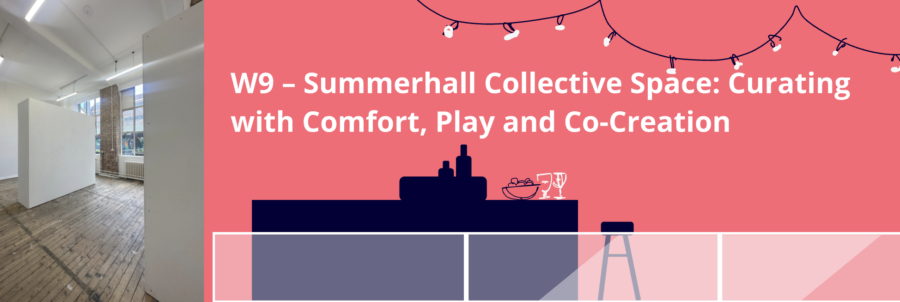
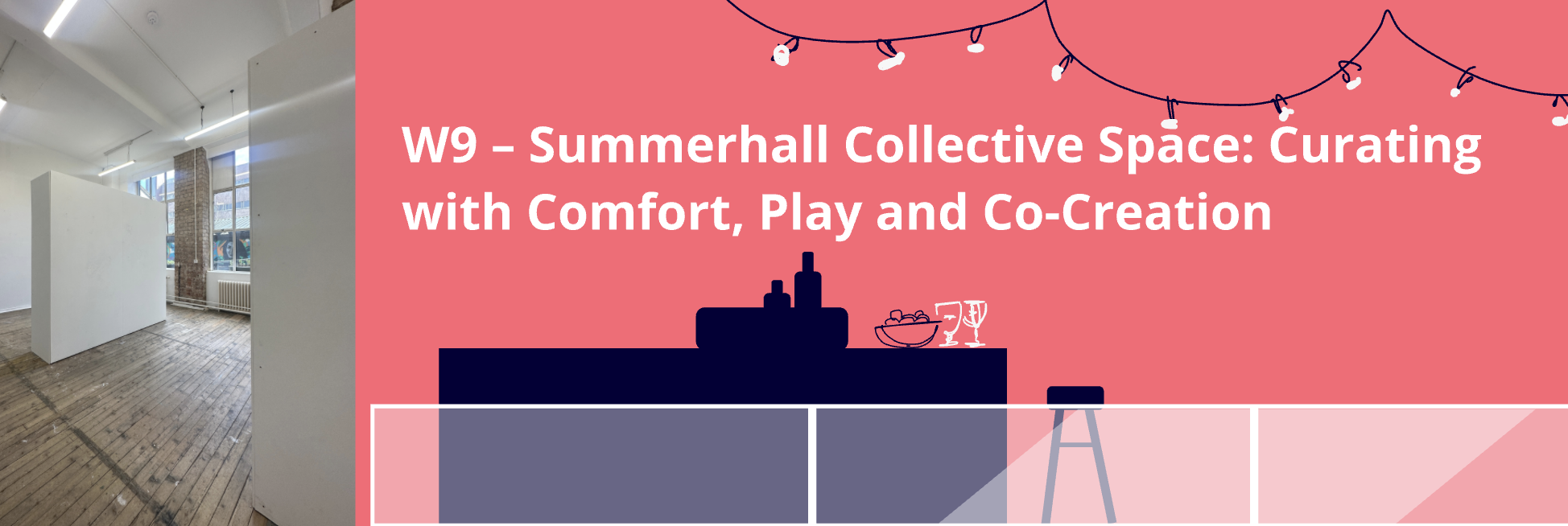
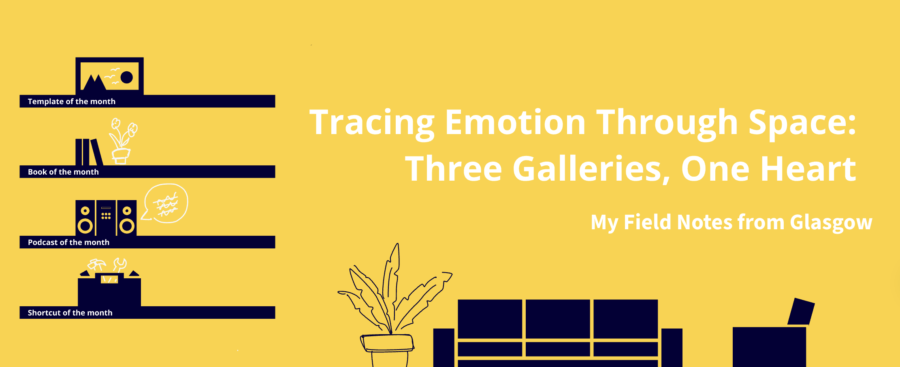
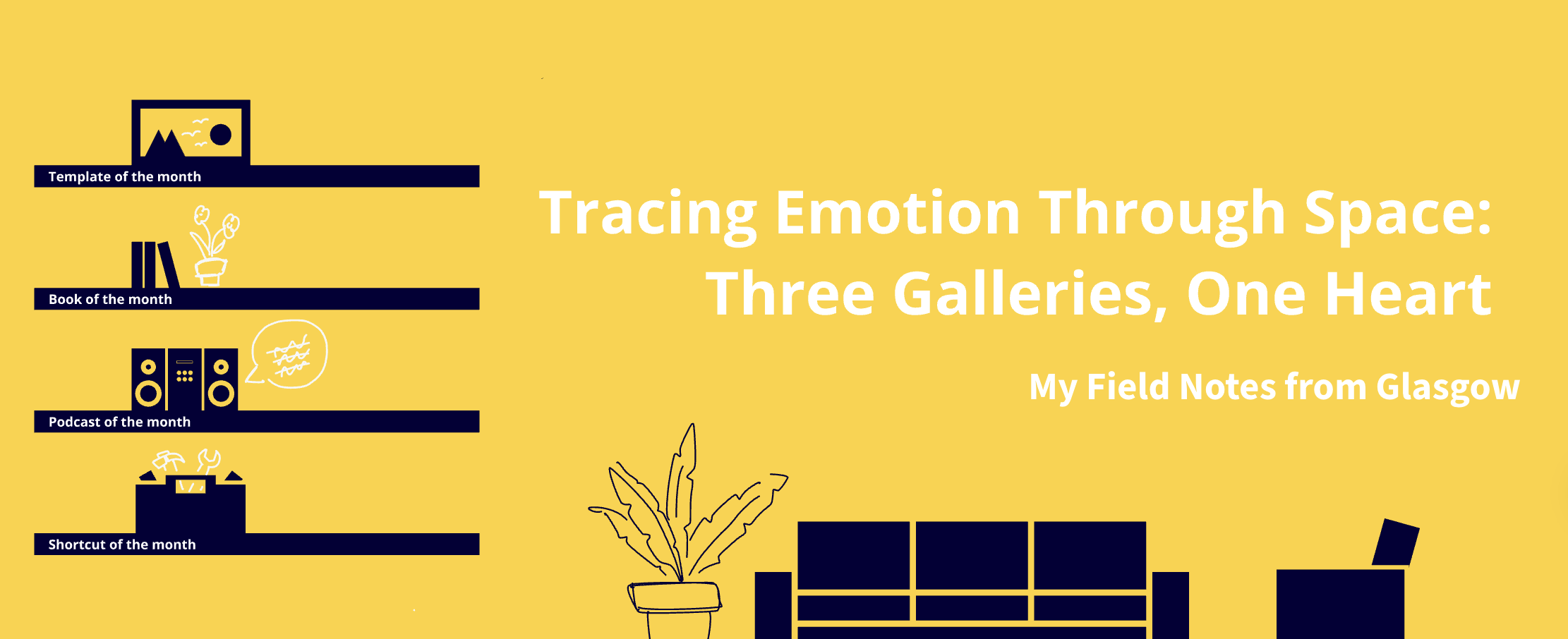
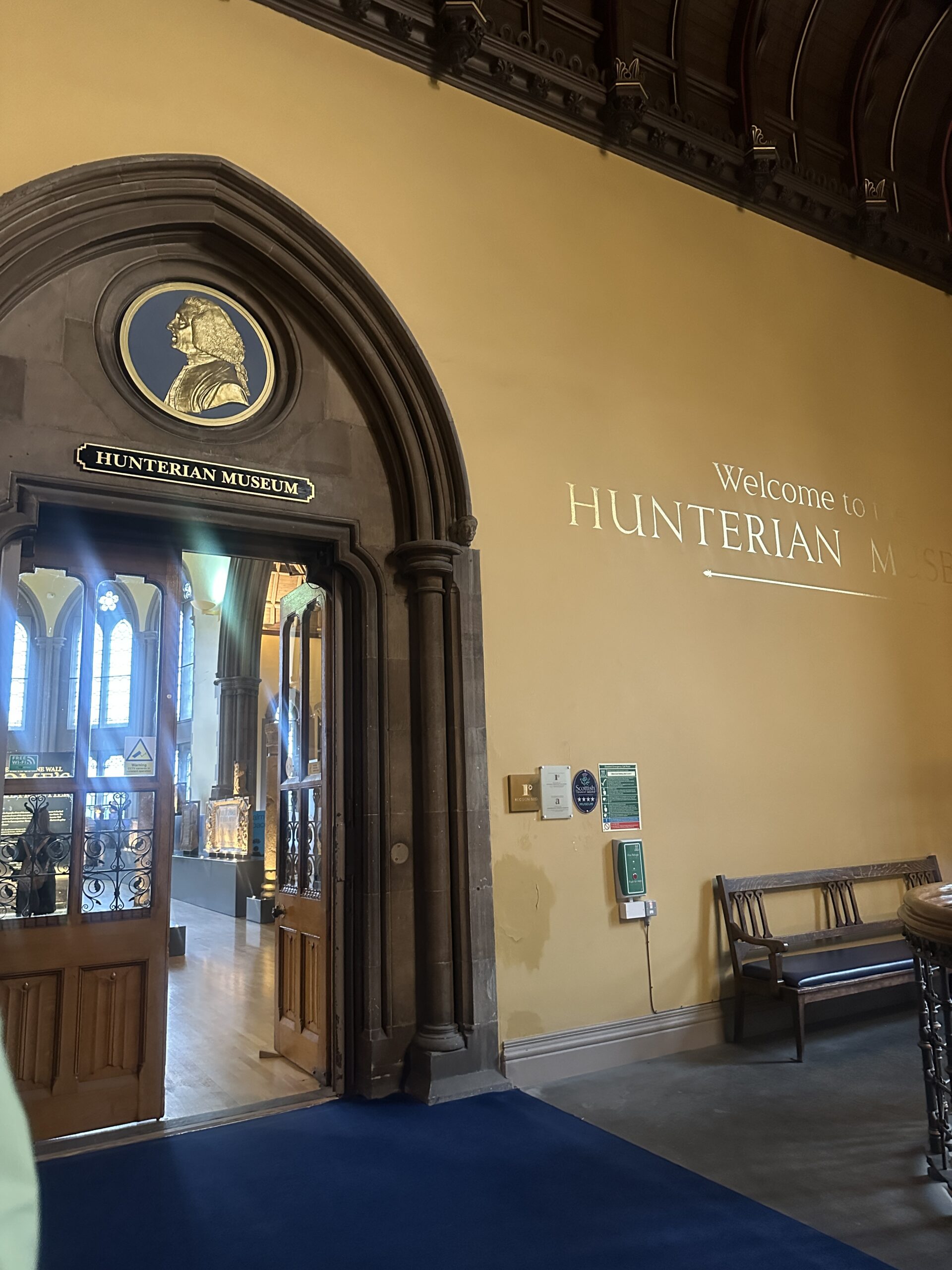
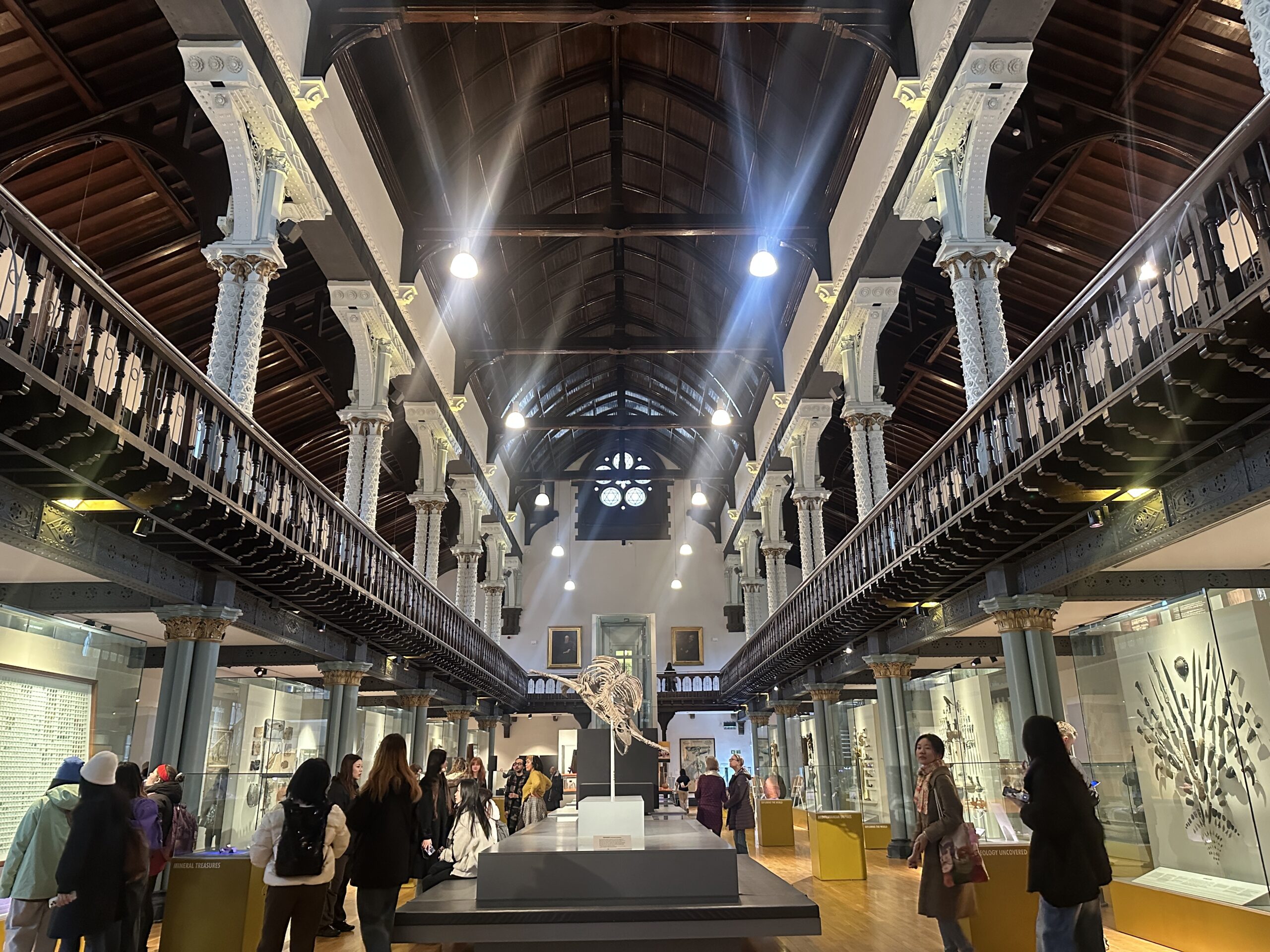

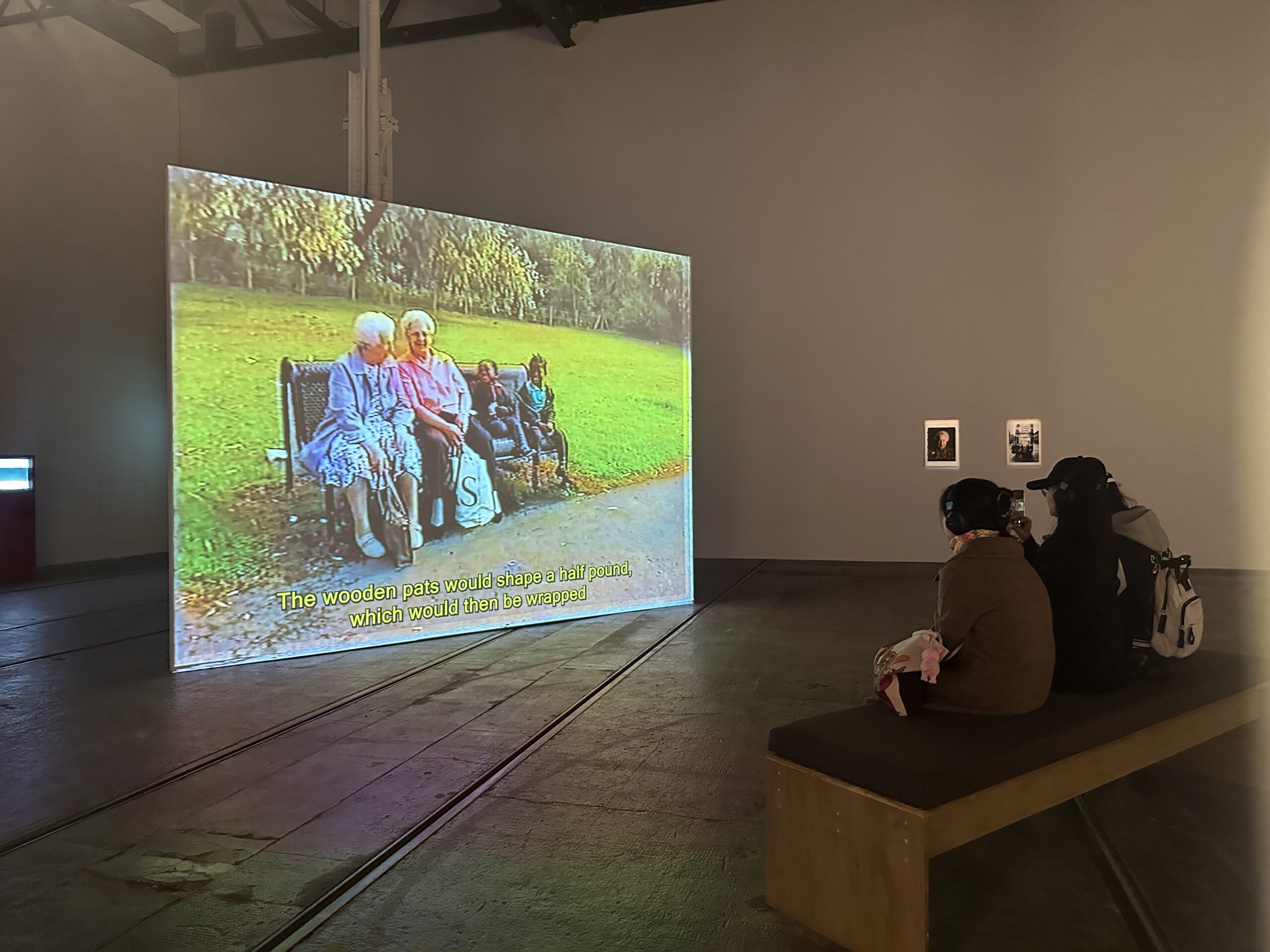
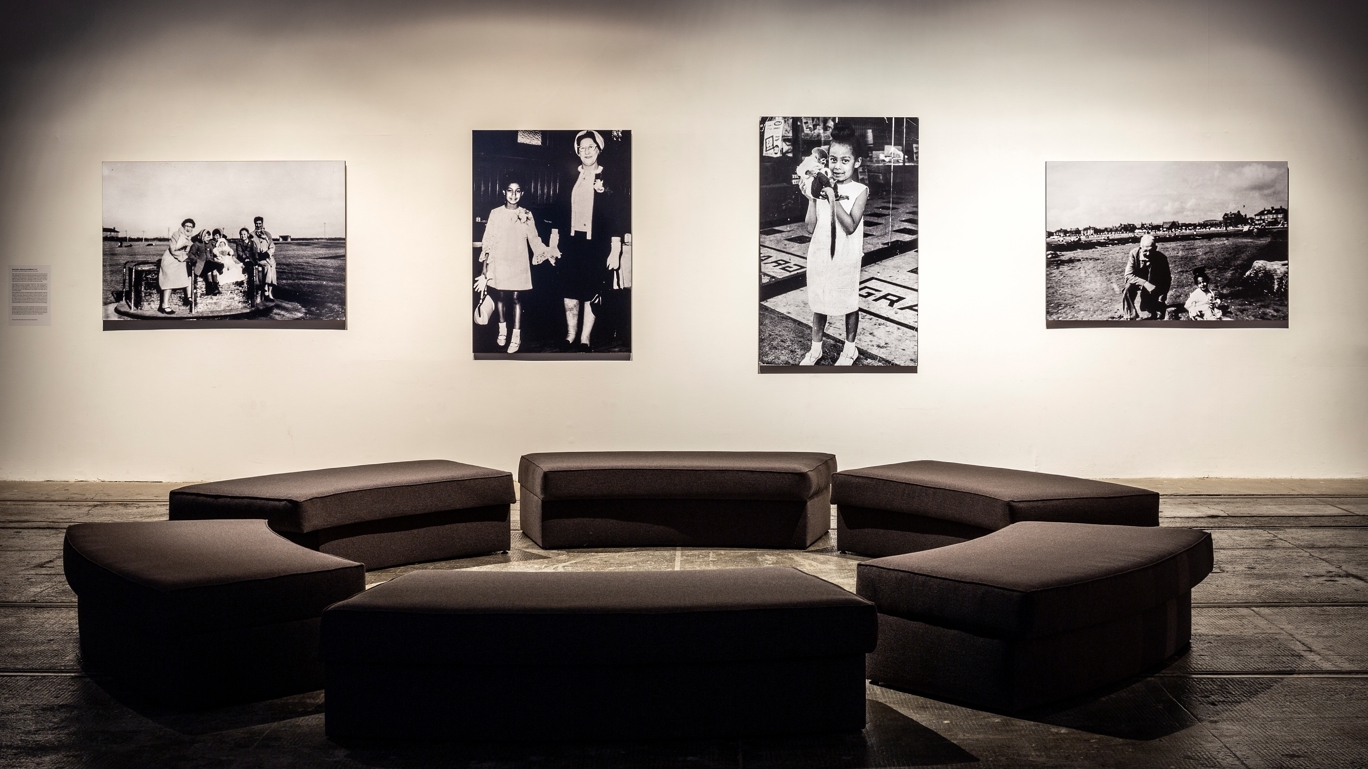
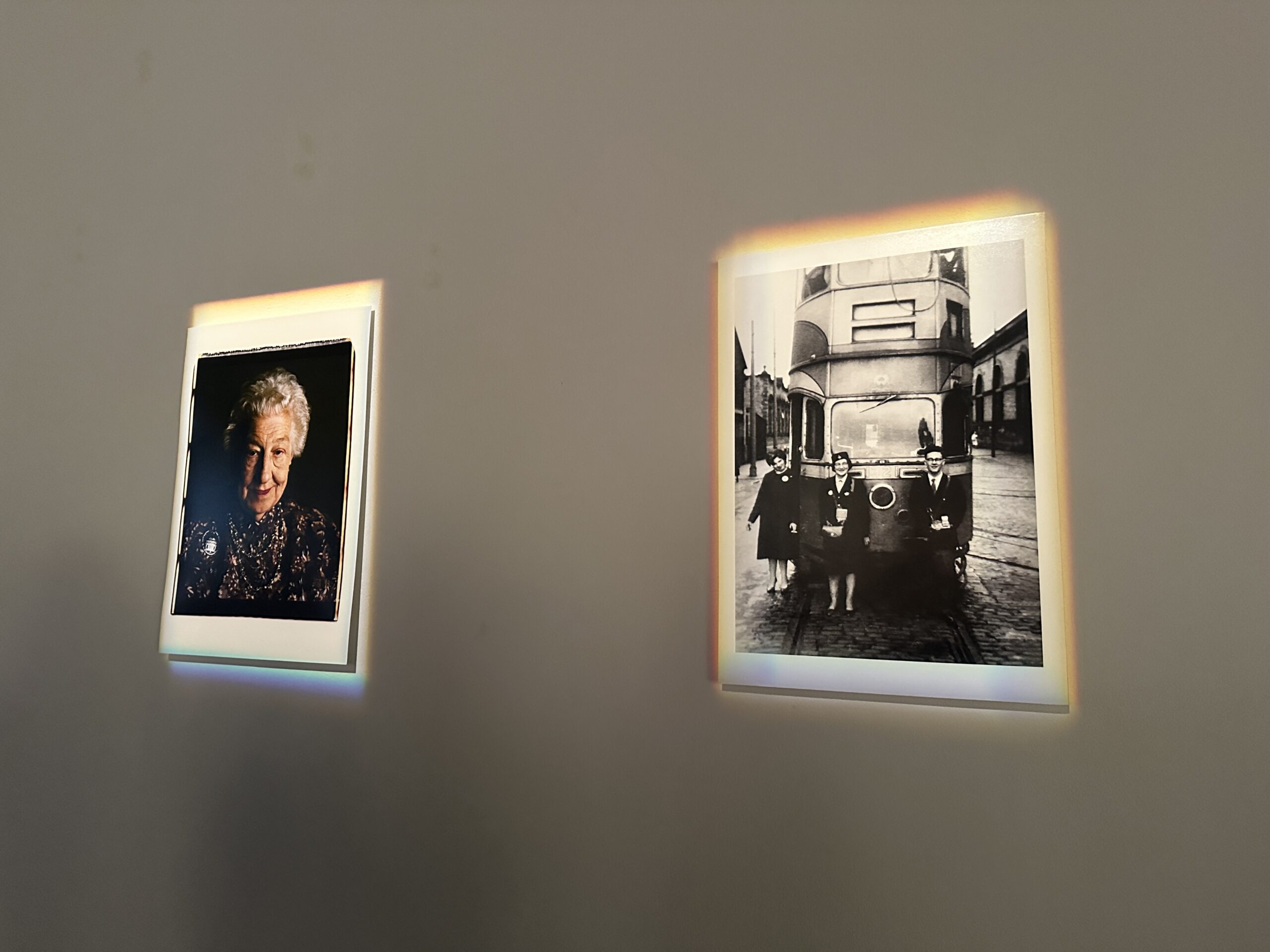


 This week, I visited CORPSE FLOWER, an exhibition curated by MA Contemporary Art Practice students at Inverleith House, Royal Botanic Gardens Edinburgh. The show examined the delicate balance between fragility and resilience in plant ecosystems, mirroring the fleeting bloom of the Titan Arum (the “Corpse Flower”)—which flowers for just a day before decaying. 🌺💫
This week, I visited CORPSE FLOWER, an exhibition curated by MA Contemporary Art Practice students at Inverleith House, Royal Botanic Gardens Edinburgh. The show examined the delicate balance between fragility and resilience in plant ecosystems, mirroring the fleeting bloom of the Titan Arum (the “Corpse Flower”)—which flowers for just a day before decaying. 🌺💫